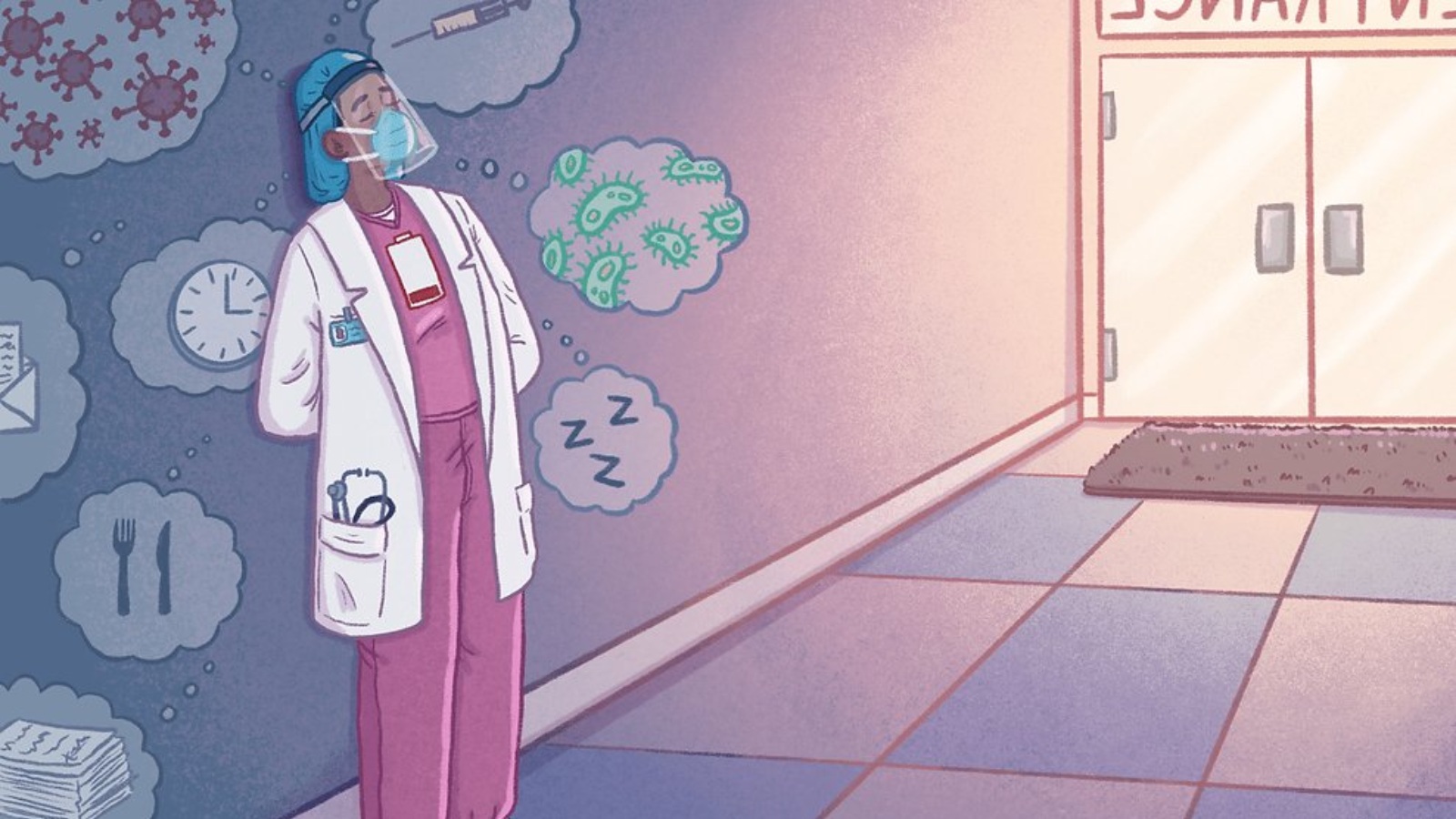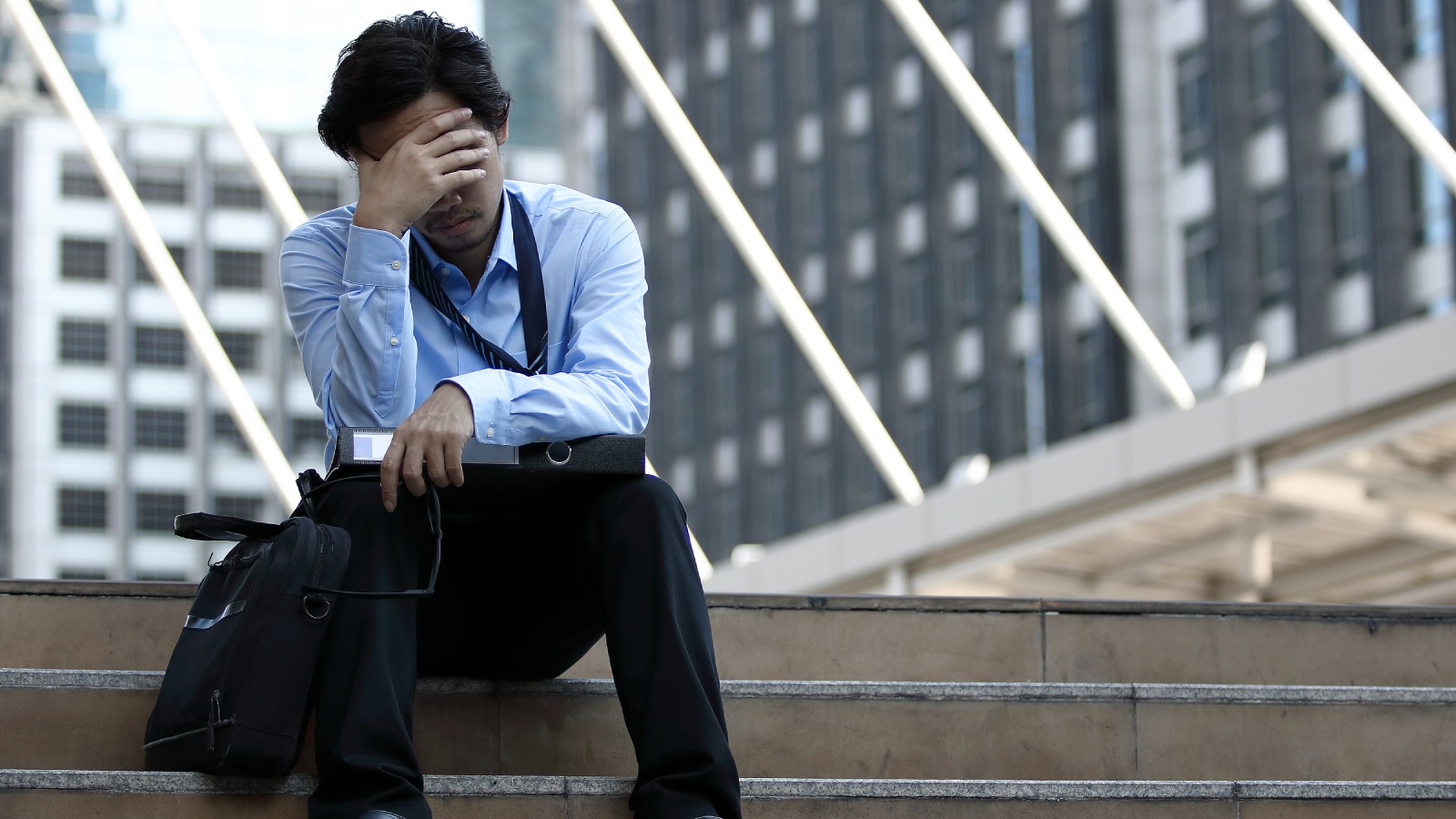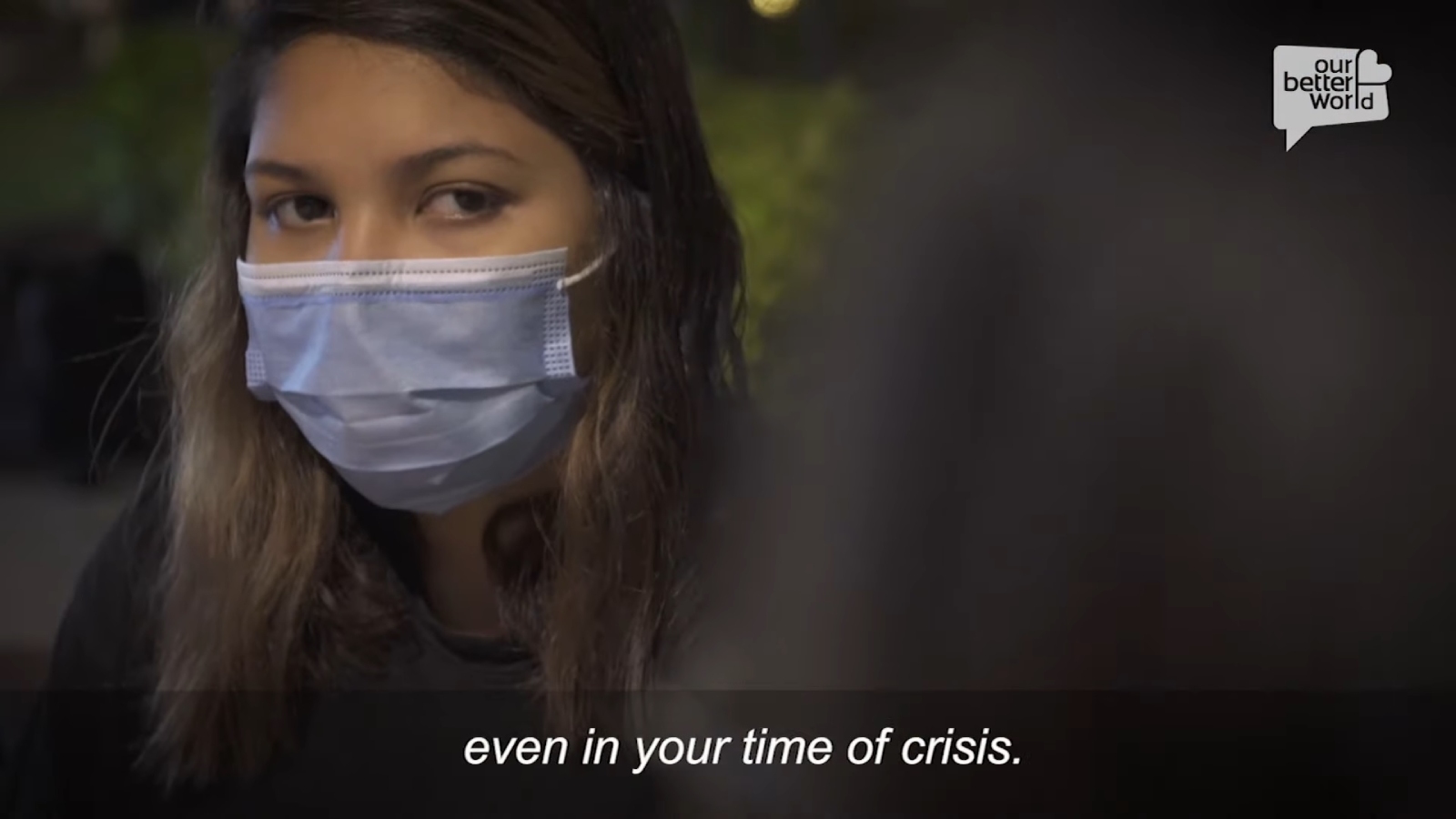|
Audio Version Available
|
My journey through the flames of burnout started in 2022.
Over a period of months, I was constantly feeling exhausted. I couldn’t remember the last time I’d had 8 hours of sleep, an uninterrupted meal, or time with my children without the chime of an email inbox or a barrage of WhatsApp pings. For months, I worked past midnight, in the evenings and on public holidays.
Every time I hear a message ping, my heart would skip a beat.
“It might be something urgent!” became my familiar mental refrain.
Yet I would recall my son’s disappointed look whenever I interrupted conversations with him to take work calls on weekends and evenings.

When work took over
On the surface, it seemed that I was doing well. I had received a promotion at the end of 2021 and clients were asking for me.
Underneath, I wasn’t. My job felt like a torrent of complexities and ongoing issues. I was in constant firefighting mode and exhaustion was my only companion.
That relentless grey fog of tiredness, dragging myself to the laptop every day – telling my children when they came near, “Not now, Mummy is busy,” became my norm.
I relied on a vicious cycle of alcohol late at night, then coffee and sugar throughout the day. It wasn’t healthy, but despite my inner voice telling me to stop, I couldn’t.
Then my body started to rebel: I started to experience skin breakouts, migraines and other physical symptoms.

The inner pressure to keep going
But I kept going.
I liked my team and my boss. Some of my clients were a joy to work with – on good days, my job didn’t feel like work.
I was vocal about our long working hours in team meetings and tried to make suggestions. I wanted to continue working so I kept how I felt hidden.
I told myself I could handle this alone, in my own way.
Then there was the guilt.
Ex-Meta COO Sheryl Sandberg said in her book Lean In: “Guilt management can be just as important as time management for mothers.”
She was right.
When I thought about leaving my job, I always felt guilty:
Guilty for being a poor role model to my children.
Guilty for giving up paid employment, putting pressure on my husband to be the breadwinner.
Other stories you might like






Guilty for leaving my team members with more work.
Guilty because I’m not a quitter. I couldn’t think of the last time I gave up on anything.
….and the list went on.
Then suddenly something snapped.
I found myself crying at the smallest things. I felt exhausted and unwell. I felt like a failure in every aspect of my life, especially parenting and work. I used up all my annual leave to go abroad for two weeks and far from feeling refreshed, I felt worse.
I found it harder to raise my hand to say something was wrong – it was easier, in comparison, to try to continue struggling on. My condition became my dirty little secret, constantly nagging at me. I existed for work and my family; there was no “me” anymore.
I realised I had burnout. So I resigned.

Know the signs of burnout
Burnout is a state where we feel emotionally, physically, and mentally drained because of excessive and prolonged stress.
I’ve come to realise that I’m far from alone in my experience. A 2022 survey by Mercer found 85% of Singapore employees expect to experience burnout, with one in two intending to leave their jobs within the next six to twelve months.
Burnout can happen to anyone – care workers, medical professionals, delivery workers, teachers, students and entrepreneurs… to name but a few.
The Harvard Business Review, citing a Gallup survey, said that the top reasons for burnout included unmanageable workload, unreasonable time pressure, unfair treatment and lack of management support, but it can be a combination of many stressors.
Symptoms may include some or all of these:
- prolonged periods of excessive working hours
- recurring pains and headaches
- changes in sleep habits and appetite
- insomnia
- feeling disconnected from our work
- feeling upset for seemingly trivial reasons
- feeling constantly drained and exhausted

Breaking the silence
We face increasing pressures in our post-pandemic lives – inflation, the rising cost of living, and AI or remote workers taking our roles, to name a few. This oppressive stress is a double whammy – it prevents us from talking about burnout for fear of losing our jobs.
Cultural reasons may also stop us from openly discussing burnout. Asian cultures emphasise hard work and dedication, so it can be difficult to admit to others that you’re struggling.
Covid has made us more receptive to mental wellness conversations, and positive steps have been made, yet some stigma around mental health issues remain, which makes it difficult for people to seek help or talk about problems at work.
There’s also a sense that admitting to burnout is a sign of passivity, weakness or failure. This in turn may lead us to deprioritise work-life balance and self-care.
But there are positive steps we can take.

What can we do about burnout?
If you struggle with burnout, here are some simple steps you can take to alleviate the symptoms:
- Log off at a certain time every evening
- Set aside some time for yourself each week
- Have a digital detox; turn off your devices
- Make time for exercise
- Get out into nature
- Have an open discussion with a manager over the root cause of your burnout
- Seek medical help if you experience physical or mental symptoms such as depression or suicidal thoughts.
- Talk openly about your experience and encourage others to do the same
Other stories you might like






For employers and team members, we can also open a burnout dialogue. When we share our vulnerabilities, we can find help and help others in turn:
- Provide employees with a manageable workload and schedule
- Encourage work-free times or mental health days, especially with WFH and more blurred boundaries between work and home
- Provide an equitable, fair and honest culture at all levels
- Root out workplace bullying (which could itself be a symptom of stressed and burnt-out employees)
- Use one-on-one sessions as a safe space where team members can share their concerns
- Have consistent two-way dialogues across the team, the department and the organisation
- Avoid burnt-out leadership – if leaders are burnt out, it may ripple throughout the organisation

Towards a positive future
The burnout cycle can be complex for companies to break; as more people begin to feel burnt out, more will leave.
Reversing the cycle, on the other hand, helps to reduce stress, which can create a happier, collaborative culture where everyone feels valued and supported. Solutions are myriad: It can be as simple as not having employees use personal phone numbers for work or automating certain tasks.
But we should take that first step in the right direction.
Talking about our burnout struggles is more important than ever. Only then can we embrace the challenges to support our own and others’ recoveries.
If you suffer from burnout, please don’t hesitate to talk to your family, a trusted colleague, or a doctor and start building a new path toward a happier future. You’re not alone.
The writer has requested to be anonymous.
If you like what you read, follow us on Twitter and Google News to get the latest updates.


